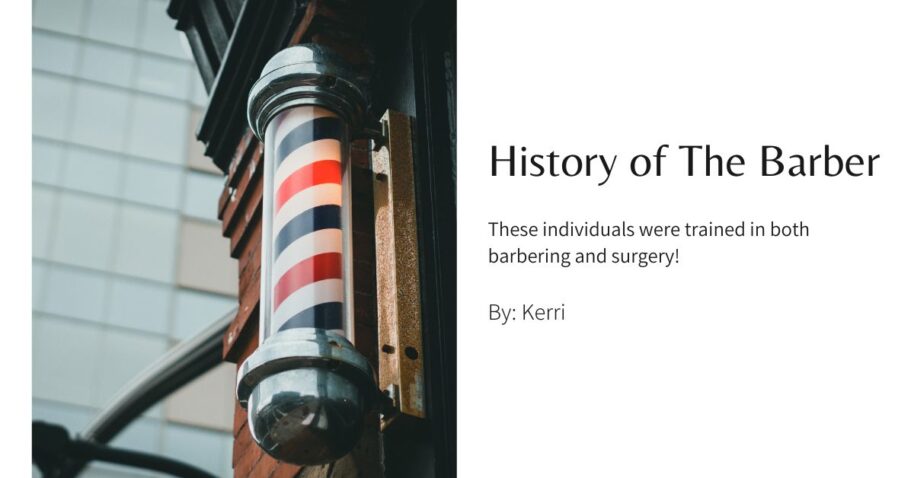Barbers have a long and interesting history, dating back to ancient times when they were more than just hairdressers. They were often called upon to perform a range of medical procedures, including surgery and bloodletting.
In ancient Egypt, barbers were held in high esteem for their ability to perform grooming rituals, as well as their knowledge of medicine. They would use razors made from flint to shave and cut hair, and were often called upon to perform surgery on the pharaohs and other high-ranking officials.
The ancient Greeks and Romans also recognized the importance of barbers in medicine. The Greek physician Hippocrates wrote extensively about the use of bloodletting as a medical treatment, and it was common for barbers to perform this procedure using a special tool called a lancet. This involved making small incisions in the patient’s skin to release blood in the belief that it would restore balance to the body’s humors.
During the Middle Ages, the barber-surgeon was a common figure in Europe. These individuals were trained in both barbering and surgery, and would often travel from town to town to provide medical services. They would use razors, knives, and saws to perform a range of surgical procedures, from amputations to trepanning (drilling holes in the skull to relieve pressure on the brain).
However, the practice of surgery by barbers was not without risks. Many of the instruments used were not sterilized, which could lead to infection, and the lack of anesthetics meant that patients would often have to endure the pain of surgery without any form of pain relief.
Over time, the medical profession began to separate from the barbering profession, with the establishment of medical schools and the development of specialized medical tools and techniques. Barbers, meanwhile, focused more on grooming and hairdressing, although they still retain some medical associations today, such as the red and white barber pole which was once used to indicate that a barber could perform bloodletting.
The history of the barber is a fascinating one, encompassing everything from ancient medical practices to the development of modern grooming techniques. While the practice of surgery and bloodletting by barbers may seem barbaric by today’s standards, it was a crucial part of medical history and helped pave the way for the medical profession we know today.


